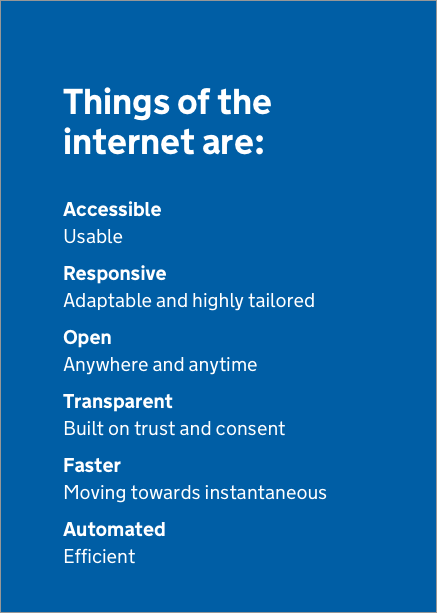hub by Premier Inn. Is it digital?
This is a live blog I first published as a Twitter thread last night. I’ve made some small additions to the original version.
I stayed at a new hub by Premier Inn in London last night. It’s interesting to see established companies looking at new business models.
The hub concept is essentially smaller and more compact rooms (“cleverly crafted rooms”). Pitched as being ideal for business travel, convenient (“connecting you to the heart of the city and putting you in control”), as well as value for money.
I’ve noticed a few more mid-range hotels trying to reinvent themselves. They’re all trying to meet new and changing user expectations. As we live in an internet-era of services I think we can now confidently call the changing expectations we have for physical experiences and services ‘digital’ expectations.
Expectations for all types of services are now set and shaped from our experiences of living in a digital-age and interactions with technology. This means the value we place on design is also changing. Balanced against our perception of cost and the value we get from a service.
First impressions of the hub model: it’s trying to deliver value through design, dealing with the constraint of less physical space. Many physical details have been removed (things like light switches and door locks use tech). It’s minimalist and well thought out – you can even download a hub app for your phone to control room settings like lighting and heating.
The lack of physical interactions are balanced against content design that’s trying very hard to have a human voice. As a physical experience, it did feel like internet based services eg. language and tone, design, and especially the focus on usability and accessibility.
It wasn’t perfect, but I can start to see how this might be more digital than traditional hotel service models. More #oftheinternet.
I’m interested in the underlying use of data and the way this model operates if it’s significantly different – which it should be.
You get less physical return (eg. space/things) for your money. This is a service model where design creates most of the value. This means that design has to be more than a new branding proposition. To add value it must meet those new, changed (and raised) service expectations.

Thinking about what makes things of the internet, I’m still split on how well a hub hotel succeeds in being digital. What’s interesting is companies like Premier Inn starting to get (and think more) about what we might call digital business models.
I also shared pictures showing the interface and content design in a hub by Premier Inn room.
This is my blog where I’ve been writing for 20 years. You can follow all of my posts by subscribing to this RSS feed. You can also find me on Bluesky and LinkedIn.